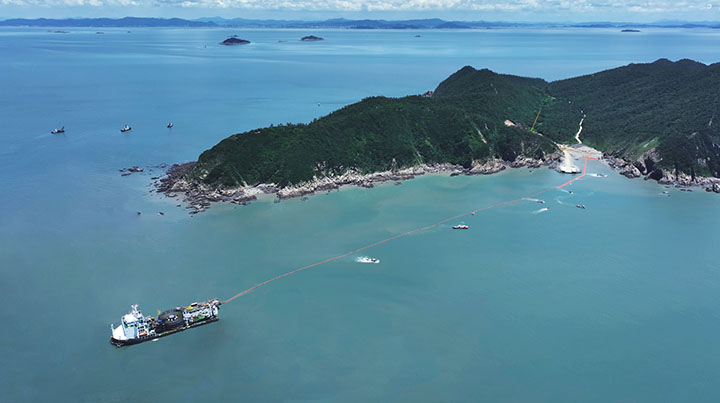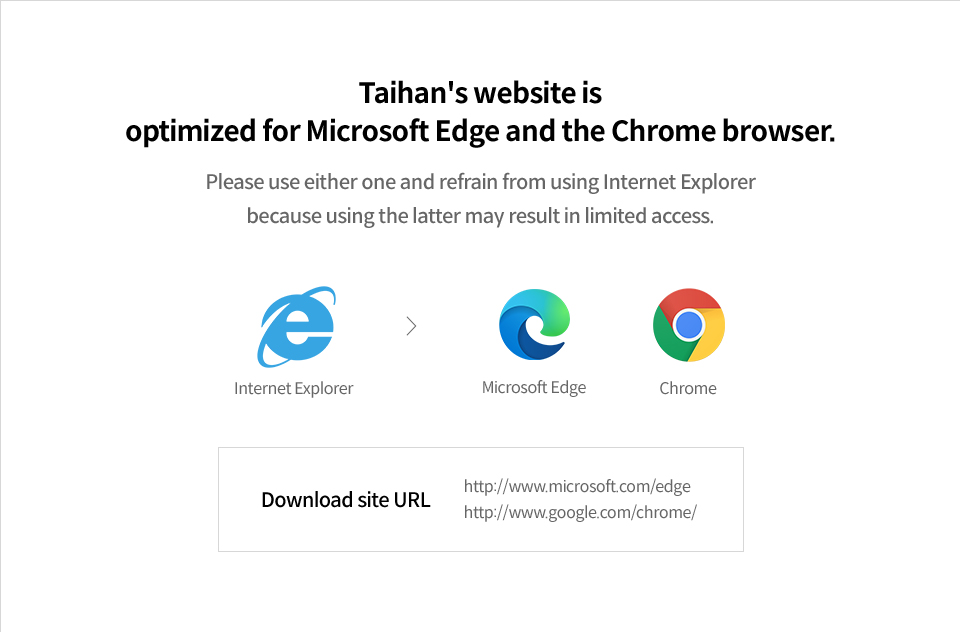PR
Taihan’s CLV ‘PALOS’ Completes Export Cable Installation for the Yeonggwang Nakwol Offshore Project
공유하기

Taihan’s CLV ‘PALOS’ Successfully Completes Export Cable Installation for the Yeonggwang Nakwol Offshore Wind Project
- Korea’s only CLV demonstrates performance
in the challenging West Sea region
- Hybrid vessel with selectable DP2 and Anchoring modes maximizes operational efficiency
- Taihanprepares to join the ‘West Coast HVDC Energy Highway’ based on turnkey competitiveness
Taihan’s cable-laying vessel (CLV), PALOS,
has successfully completed the installation of export cables for the Yeonggwang
Nakwol Offshore Wind Project, demonstrating its exceptional performance. The
project, located near Songido, Nakwol-myeon, Yeonggwang-gun, Jeollanam-do, is a
large-scale initiative to develop a 364.8MW wind power complex. With a total project
cost of KRW 2.3 trillion, the facility will generate enough electricity to
power approximately 250,000 households year-round upon completion. The overall
project progress has now surpassed 50%.
This project marks the first deployment of
PALOS since its acquisition by Taihan. The export cable installation, covering
two 28km lines, was carried out in two phases: the first phase took place over
two weeks in mid-May, and the second phase began in late June and was completed
last week. The installation of inter-array cables, also produced by Taihan, is
scheduled to commence after July.
PALOS, introduced in November 2023, is a
specialized cable-laying vessel acquired to secure Taihan’s turnkey
competitiveness, spanning production, transportation, installation, and
maintenance of submarine cables. As Korea’s only CLV, it was purpose-built from
the design stage for submarine cable installation. With a top speed of 9 knots
under its own power, PALOS offers installation speeds five to six times faster
than CLBs (Cable Laying Barges) that rely on tugboats, and maintains stability
even in adverse weather and tidal conditions.
The vessel is a hybrid model capable of
operating in both DP2 (Dynamic Positioning Class 2) mode, which automatically
and precisely controls the vessel’s position, and Anchoring mode, which fixes
the vessel using anchors as needed. DP2 mode is used for deep waters requiring
high-precision installation, while anchoring mode, which consumes less fuel, is
employed in shallow waters with minimal tidal influence, ensuring both
efficiency and cost-effectiveness.
Additionally, unlike conventional vessels,
PALOS features a flat-bottom design that allows independent access to very
shallow coastal areas, enabling all-weather deployment across diverse marine
environments. It is particularly recognized for delivering optimal performance
in the West Sea, where shallow depths and strong currents make cable
installation highly challenging.
A Taihan official stated, “PALOS has proven
both its stability and installation capabilities by successfully completing
cable laying in the demanding West Sea region. Leveraging our turnkey
competitiveness from production to installation, we anticipate creating diverse
opportunities in upcoming large-scale offshore wind projects and the West Coast
HVDC Energy Highway.”
Meanwhile, in June, Taihan completed the comprehensive construction of its first Dangjin submarine cable plant, capable of producing both export and inter-array cables for offshore wind power. In the second half of the year, the company plans to commence construction of its second plant, which will produce 640kV-class HVDC submarine cables and cables for the extra-long continuous export cable, thereby strengthening production capacity to participate in the West Coast HVDC Energy Highway project.
